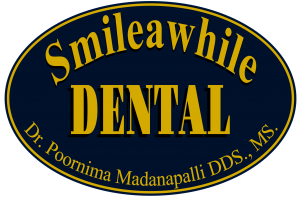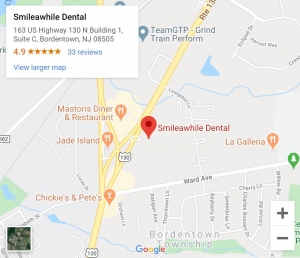Your smile should be your greatest asset in both professional and personal situations — after all, it’s one of the very first things people notice about you. However, many people are reluctant to flash their smile when their teeth are stained or otherwise discolored. Diet, the aging process, personal habits such as smoking, and genetics all play a role in the general appearance of the teeth, and certain medications and treatments such as chemotherapy can also cause them to become discolored. Fortunately, teeth whitening technology has come a long way in recent years, and there’s no reason for anyone to accept a smile that’s less than sparkling and bright. Here’s a short overview of the basics of the two most commonly used teeth whitening methods.
Vital Whitening
This process is used when the stains are on the surface of the teeth. Your dentist will apply a gel containing hydrogen peroxide to your teeth and leave it on for a specified period — usually between 30 and 90 minutes. Although these gels are available over-the-counter, your dentist is licensed to use a formula with a much higher concentration of peroxide than products you can purchase in a store. Your dentist may also use a particular type of laser designed to accelerate the whitening process.
Non-Vital Whitening
Non-vital whitening techniques are used when the discoloration is coming from within instead of on the surface of the tooth. The most common reason for this procedure is when the patient has undergone root canal surgery. Your dentist will insert a whitening solution to the interior of the affected teeth and place a temporary protective filling over them. This is generally left in place for several days, and although most patients only need to have it performed once, the procedure can be repeated for severely stained teeth until the desired shade is reached.
Please contact our office at your convenience for more information on how our dental care professionals can give you the bright sparkling smile you want and deserve.

